Palmanova is a symmetrical fortress city in Italy
Categories: Design and Architecture | Europe | Travel
By Pictolic https://pictolic.com/article/palmanova-is-a-symmetrical-fortress-city-in-italy1.htmlPalmanova, a fortress city with a population of about 5,400 people, located in the northeast of the country about 25 km south of Udine, was founded at the end of the XVI century, with the direct support of the government of the Republic of Venice. Palmanova was supposed to be a model of a fortress city.
Later, the residents themselves tried to realize the utopian idea that symmetry really helps people to live and develop. The shape of the nine-cornered star was formed so that any of the nine "corners" could receive support and assistance from the neighboring "corner" in the event of an attack. The city could be entered through one of the three gates. Inside the city consists of three "rings-levels". The author of the fortress city project was the famous Italian architect Vincenzo Scamozzi.

On October 7, 1593, the foundation stone of the new fortress, nicknamed the "star city" due to its shape of a nine-cornered star, was laid.

Palmanova was conceived mainly as a defensive structure to strengthen the borders and prevent the invasion of the Turks: the number of bastions and the length of the sides of the fortress were calculated taking into account the range of guns of that time.

During the Venetian rule, the fortress was equipped with two rings of fortifications with curtines, earthen ramparts, moats and ravelins, which protected three approaches to the city — from Udine, Cividale and Aquileia.

In 1797, the Austrian army tricked into entering the fortress. But the Austrians did not have time to enjoy the victory, as the French took possession of the fortress. After the signing of the Campo Formio Peace Treaty, Palmanova again fell to the Austrians, who held it for several years.

In 1805, the French entered the fortress, and during this period a third circle of fortifications appeared. In 1814, the star city returned to the Habsburgs again.
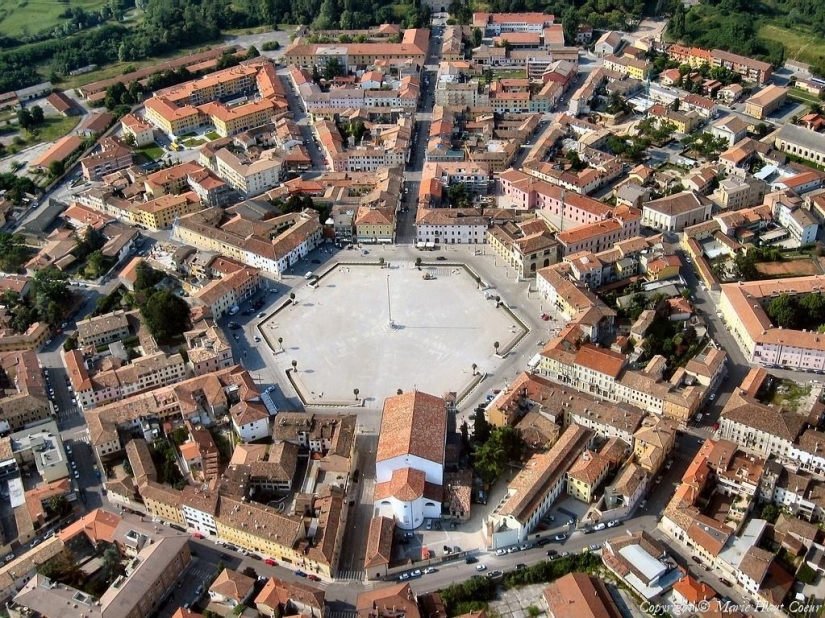
During the Austrian rule (1815-1866), a Public theater was built, which became the main distributor of the ideas of the Risorgimento.

In 1848, the townspeople, led by General Zucchi, rebelled against the Austrians. In 1866 Palmanova joined the Italian Kingdom.
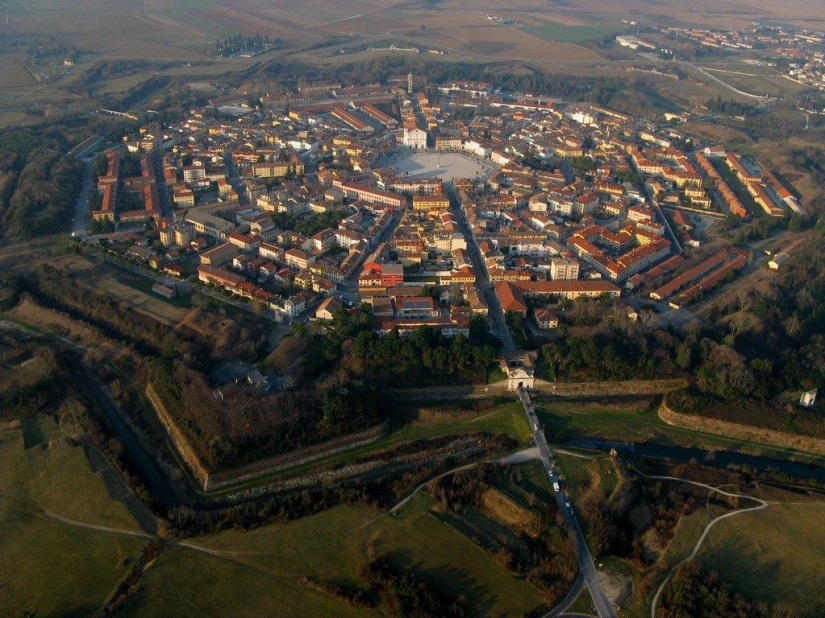
During the First World War, the fortress became a distribution and supply center for the army. After the Battle of Caporetto, the city was set on fire by the retreating troops of the Italian army.

Palmanova was declared a National Monument by the decree of the President of the Italian Republic in 1960.
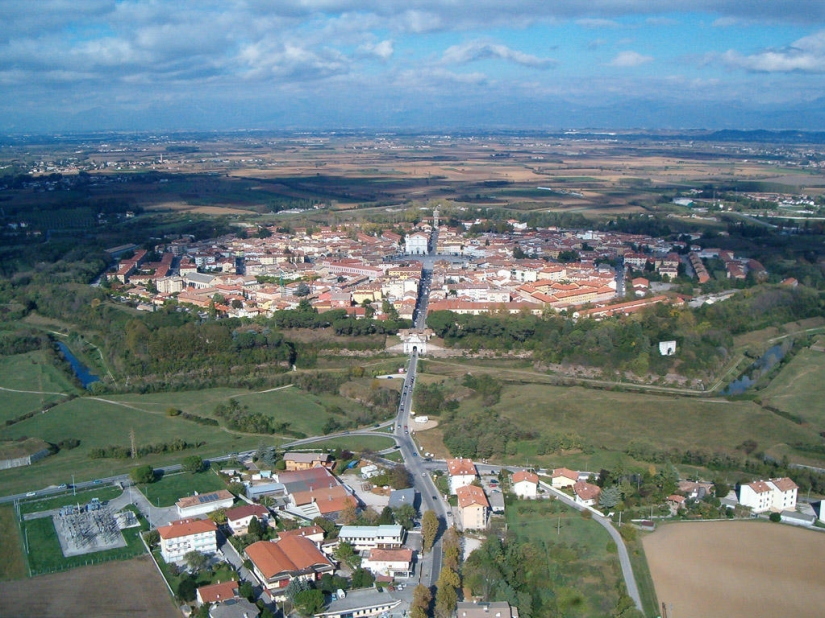

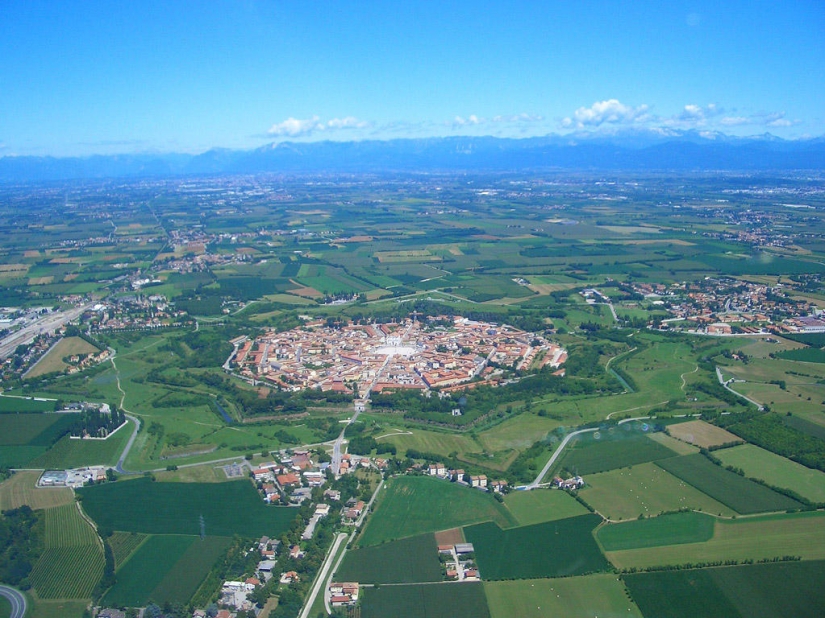

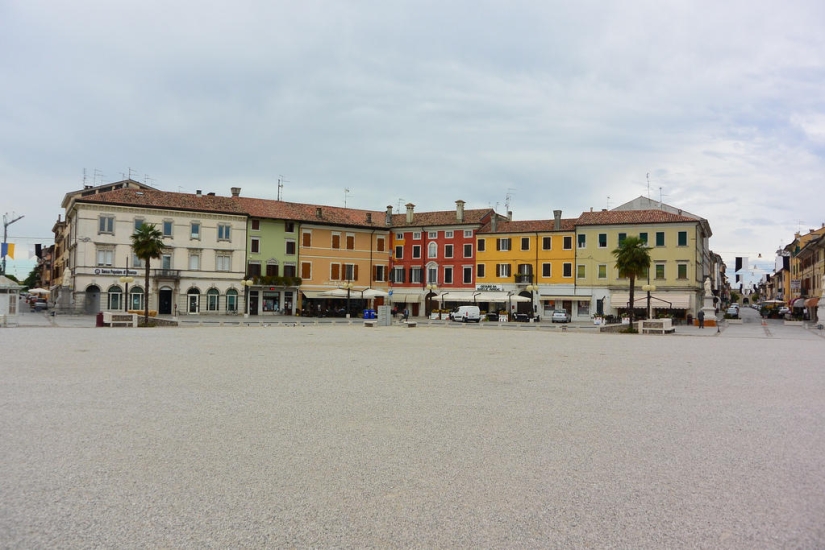


Recent articles

Most of us think that the color of the eggshell does not play any role and it is possible not to pay attention. But it's not and ...

The more we rely on technology, the more potential power hackers gain over us. It doesn't matter if their goal is to help or cause ...

Creating a good portrait is one of the most difficult tasks for any photographer. In order to make a really natural and memorable ...